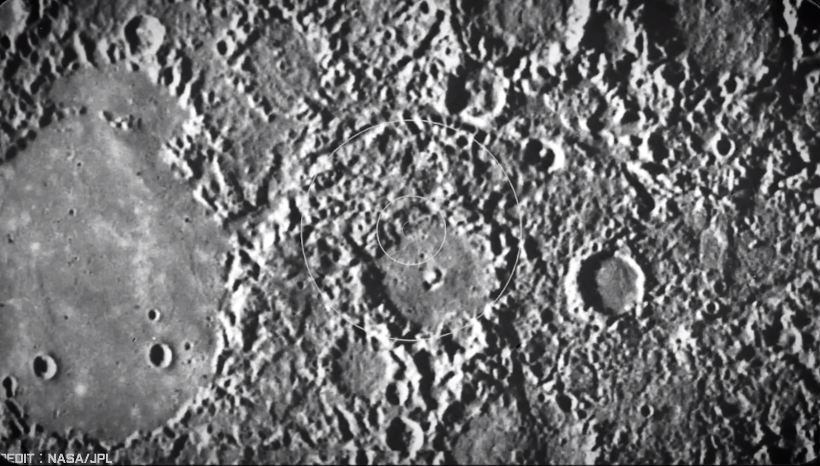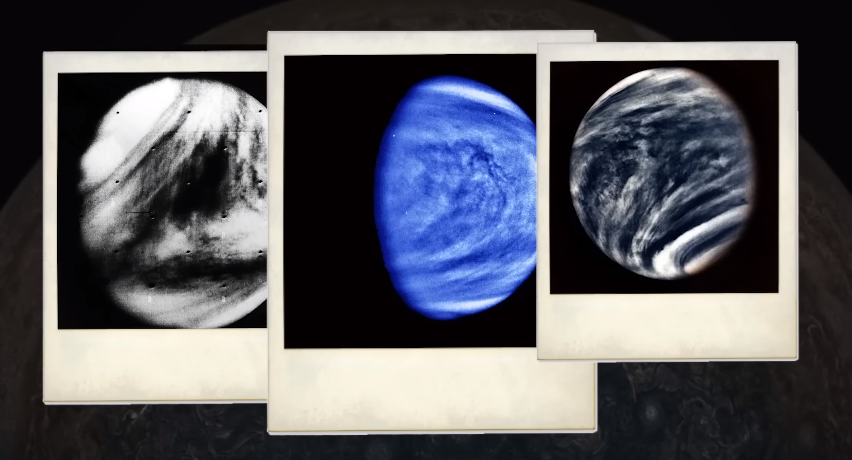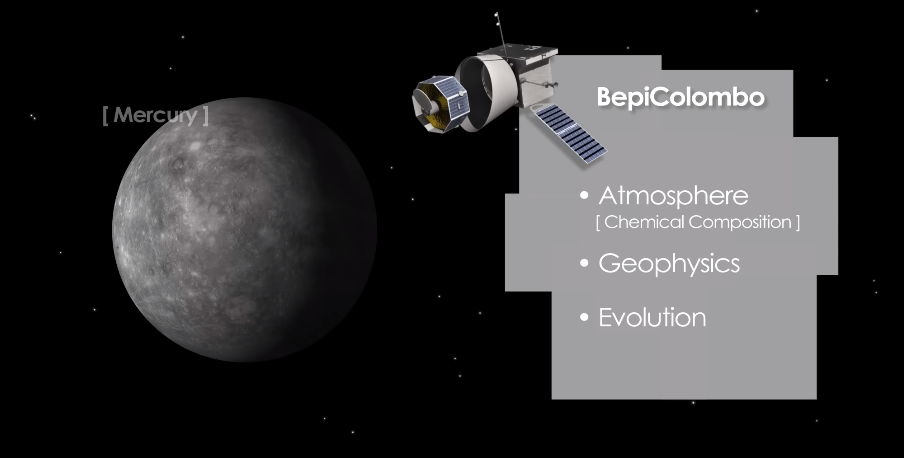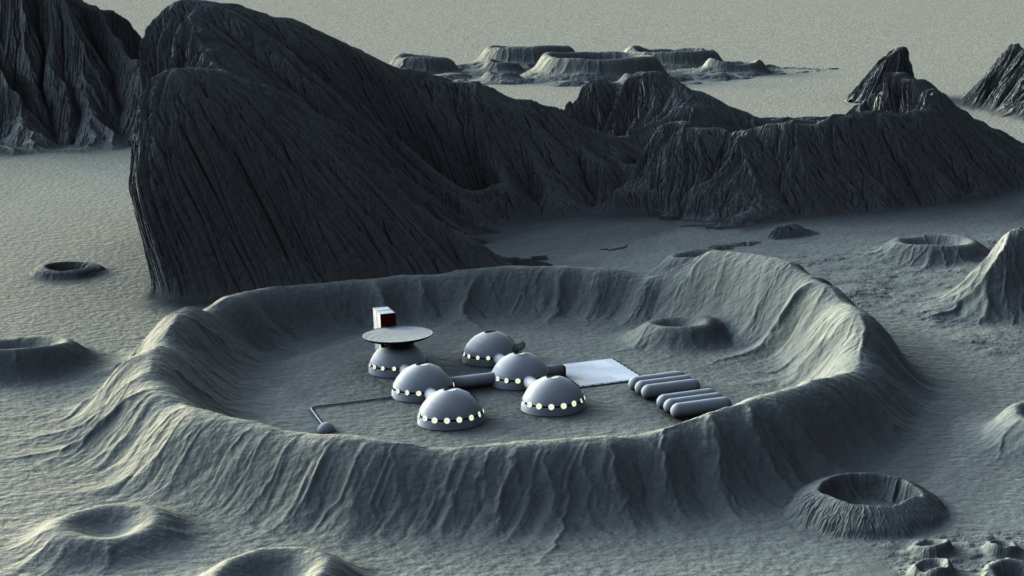Why we have not been able to reach mercury till date although NASA also sent missions to mercury but they failed. What is the reason behind this, is mercury closest to the sun or is there some other reason? On the other hand, we have successfully sent 30 missions to Mars, 22 missions to Venus, 3 missions to Pluto, 1 mission to Sun and here So far we have successfully sent 2 interstellar missions outside our solar system, but till date we have not successfully sent a single mission to Mercury, even though it is the closest planet to Earth.
Mariner-10 Probe
The closest planet to our earth is mercury, it is also close to Mars and Venus, but the question is how many missions we have sent to mercury till date! This story begins on November 3, 1974 at Launch Pad 36B, Florida Mariner-10 sent the first probe mercury probe mercury. The Mariner-10 probe easily completes its journey, and here the scientists realize that they were worried as Mariner-10 successfully travels. But after a while, something would happen that would undo all the hard work. Because after the final flyby the fuel runs out, Mariner-3 crash lands at five times the speed of sound and is destroyed by hitting the surface of mercury.
What Works Do Mariner-10!
Mariner-10’s mission was to capture images of Mercury and send them back to Earth.

And so did Mariner-10. But why is it still called a failed mission? That’s because whenever any probe is sent for a mission, it captures 50 to 30,000 images and delivers them to Earth, and Mariner-10 captured only 2,600 images and delivered them to Earth, including Venus. There are some pictures.

As soon as Mariner-10 reached Mercury, it began to face problems that no other probe faced. Due to which Mariner-10 continued to face the same problem and due to which it ran out of fuel and crashed.
Which Problem Mariner-10 Faced on Mercury
There are three problems on Mercury that have to be faced. Sun’s hear, Sun’s gravity and Mercury’s own reflection. Any probe going to Mercury is influenced by two types of forces. One is the gravity of the sun and the other is the gravity of mercury itself.
Now the simple and obvious thing is that there is more gravity of the Sun due to which any probe will be pulled towards the Sun. This clearly means that any mission or probe you send to Mercury will be drawn to the Sun instead of Mercury. This is our biggest problem. But its solution was also extracted by doing a very complex calculation. What was the speed? We have to set the speed of the probe so accurately that when it goes around mercury at high speed, it is not influenced by the gravity of the sun and comes back by flyby and also takes pictures of mercury.
Just like a car has to slow down on a curved road, in the same way the probe has to be planed in the curved orbit of Mercury, so we have to reduce its speed, otherwise the centrifugal force will throw the probe outwards.
If the speed is too low, the probe will enter the Sun and if the speed is too fast, the probe will flyby and come back, but the data will not be captured properly. But unfortunately that’s what happened to our Mariner-10. At the time of the last flyby, due to the intense radiation of the sun, the probe’s path was suddenly deflected and it came under the influence of mercury’s gravity. Gravitational influence increased and Mariner-10 crashed directly into the surface of Mercury. We have to face so many problems why we still want to study mercury.
Why we study Mercury?
On Mercury, the sun rises twice a day. One day on Mercury is equal to two years on Earth.
One day of Mercury is equal to 176 days of Earth. A year of Mercury is equal to 88 days of the Earth. On Mercury there is one full year of night and one full year of day. Why does this happen! If you understand this, you will understand Albert Einstein’s General Theory of Relativity.
Let’s take a simple example, you will know that our moon is tidily locked with our earth, you will know why it happens now! Because the influence of the Earth’s gravity is so great on the Moon that it does not allow it to rotate in any of its directions. The same is true in the case of mercury. The gravitational influence of the sun on mercury is so high that the sun does not allow mercury to rotate, due to which the speed of rotation of mercury is quite low, but what about the revolution of mercury, why is it rotating so fast?
The answer is simple: Mercury is the closest planet to the Sun, due to which its revolution speed is quite high. The farther the planet is from the sun, the lower its revolution speed. From here we are 50% sure that Albert Einstein’s General Theory of Relativity can be applied here on mercury. To know the remaining 50% we need a probe to go there and research more about it.
BepiColombo Mission for Mercury

Astronomers have sent another mission to Mercury called BepiColombo. This mission will study the atmosphere (chemical composition), geophysics and evolution on Mercury. For this BepiColombo has fitted many instruments.
One of which is the Italian Spring Accelerometer. It is an instrument that will detect space time in extremely high gravitational field. Here we will be able to see GTR in contrast and also find out why mercury’s gravitational field is so weak. Because mercury’s core is 80% of its volume and our earth’s core is 20% of earth’s volume.

Why is Mercury’s magnetic field weaker than Earth’s? If we get the answer, we can also find out why Mercury’s magnetic field is stronger than the north side. If I talk about Mariner-10 Probe, it has given us a lot of information with the help of its captured images. As such he sent us a high definition image of Venus like the one you see above. This is an image that has never been taken before by any probe, neither Mariner-1 nor Mariner-5. Then Mariner-10 also proved that with the help of Gravitational Assets one can also travel in space.
Gravitational Asset
The meaning of Gravitational Assets is clear. If we want to send any Probe, Mission, Spacecraft anywhere, it first goes around the Earth in an orbit, gains a specific speed and goes towards its mission. Is. The same scene astronomers did with Mariner-10. As it revolved around Venus, it gradually reduced its revolution, causing Mariner-10 to speed up. First photo given that’s it Gravitational Assist. Today we have sent two of our probes into interstellar space with the help of it, New Horizon has taken pictures of Pluto with the help of it and Chandrayaan 3 also reached the moon with the help of it.

